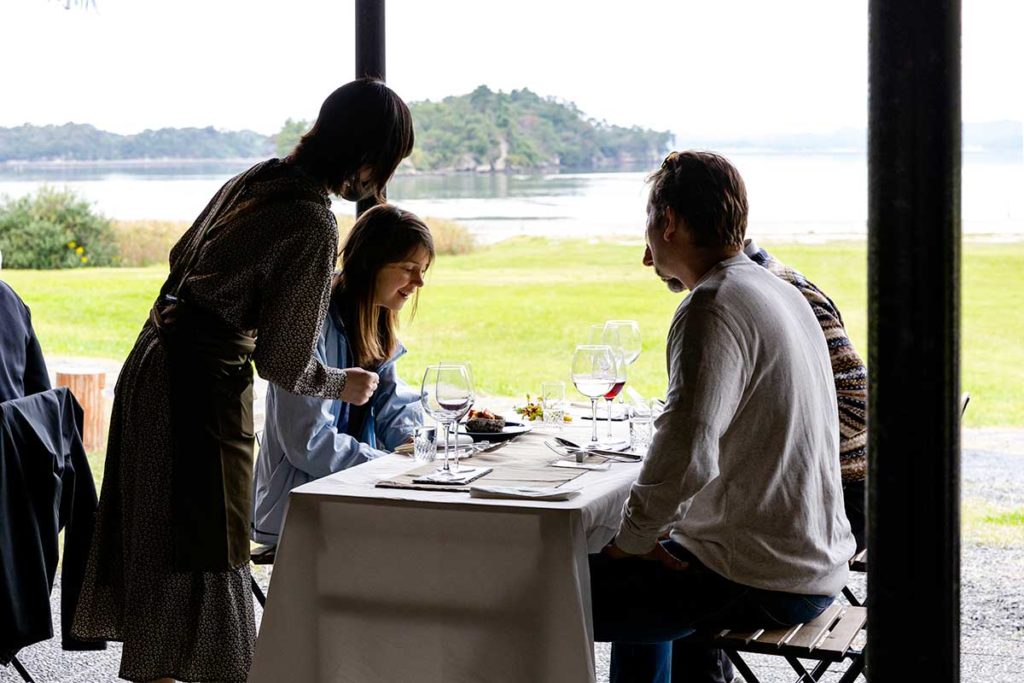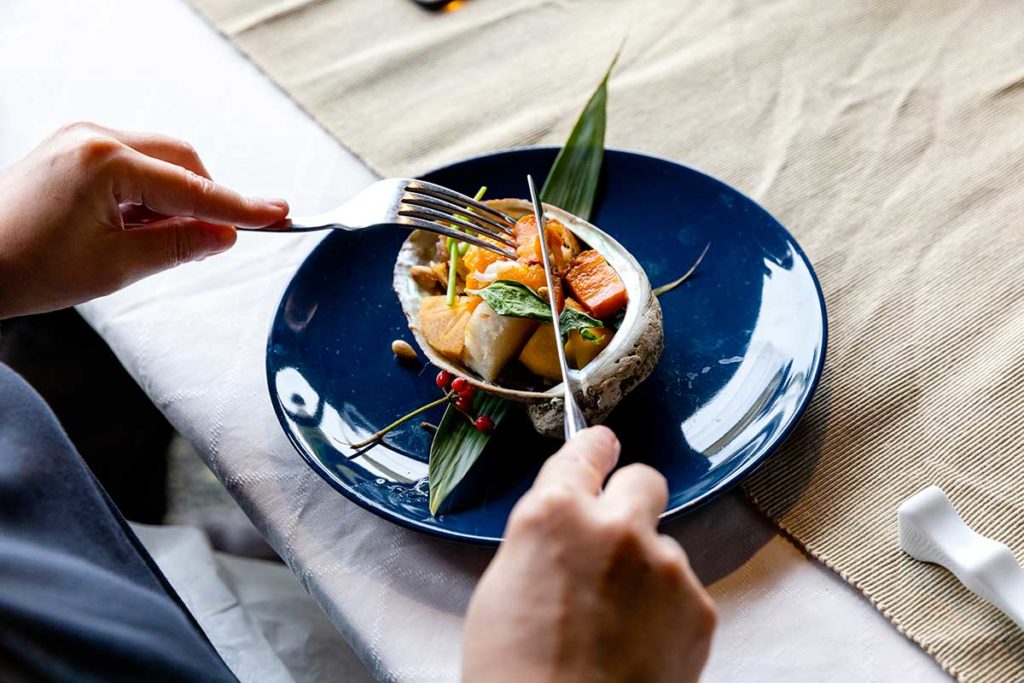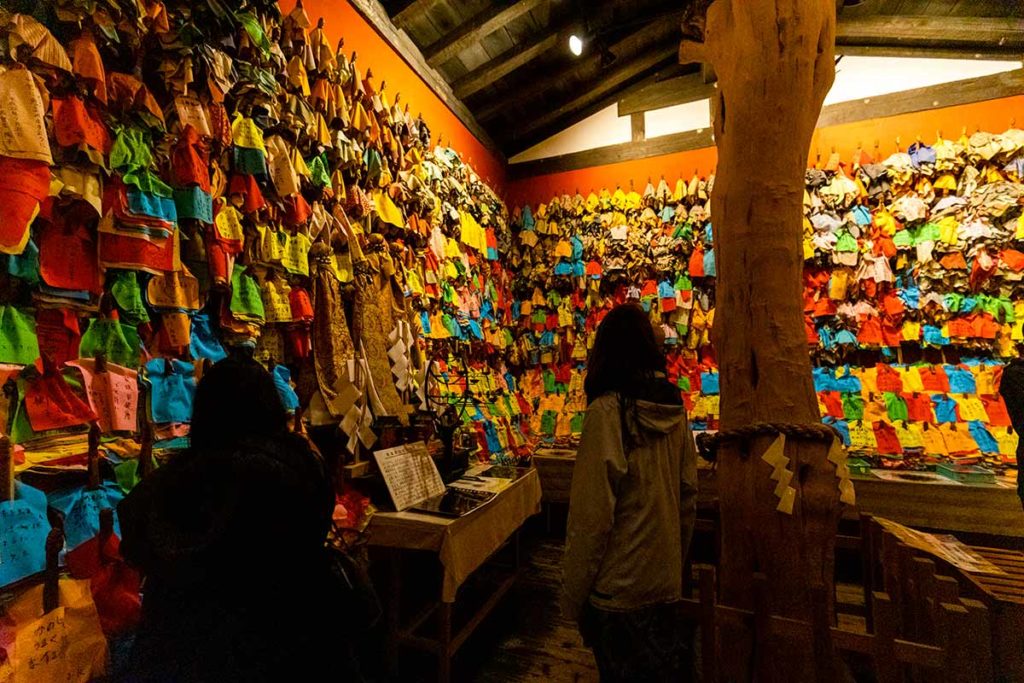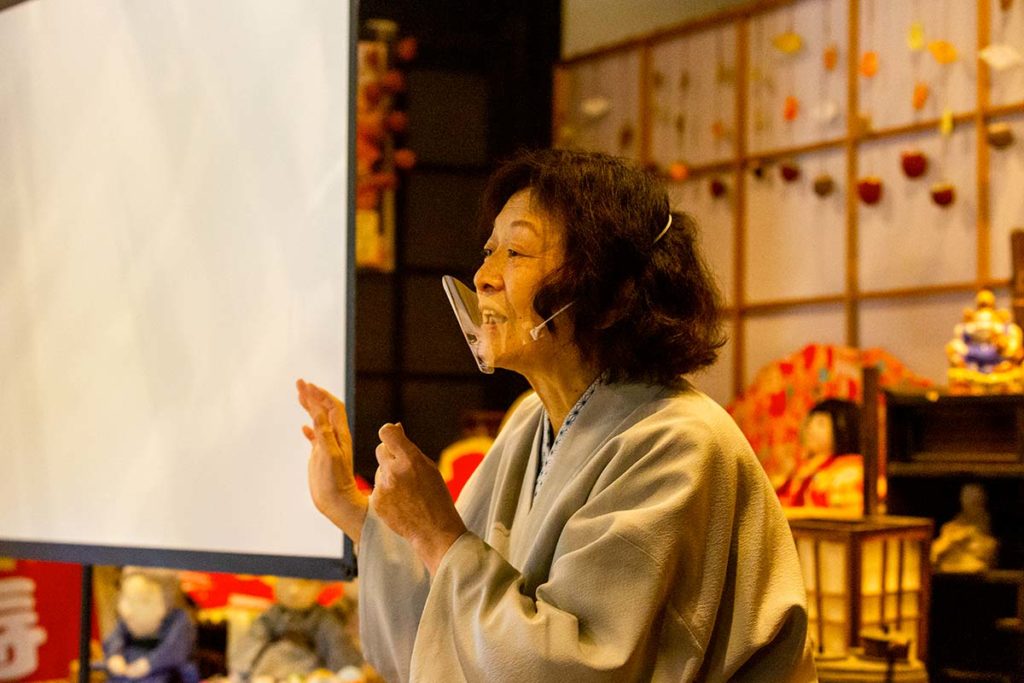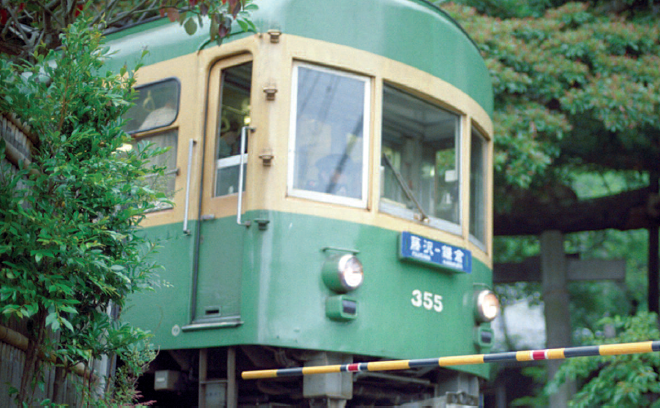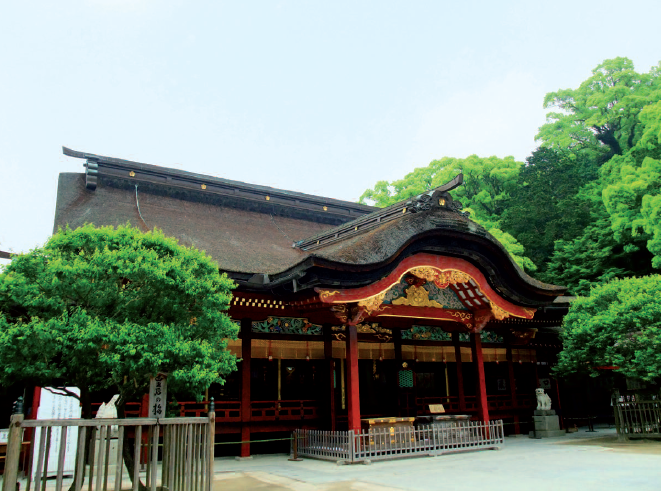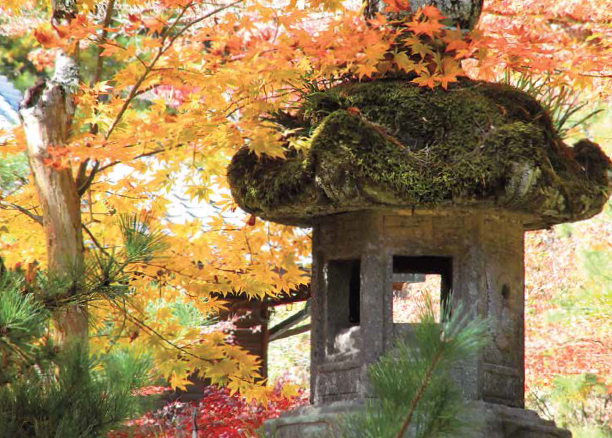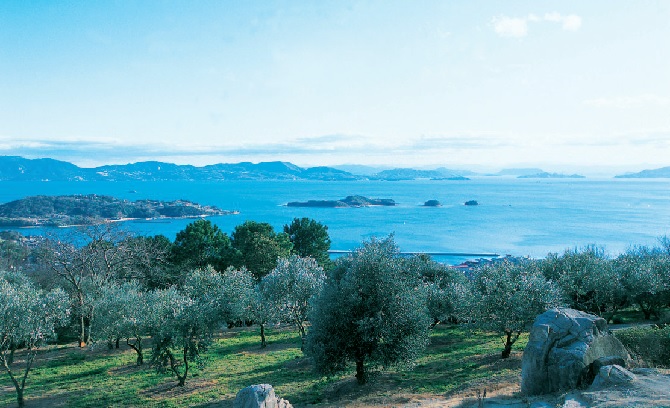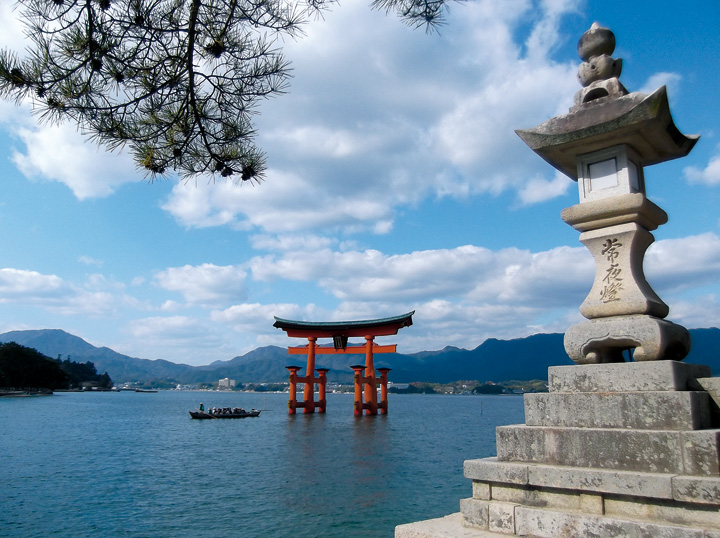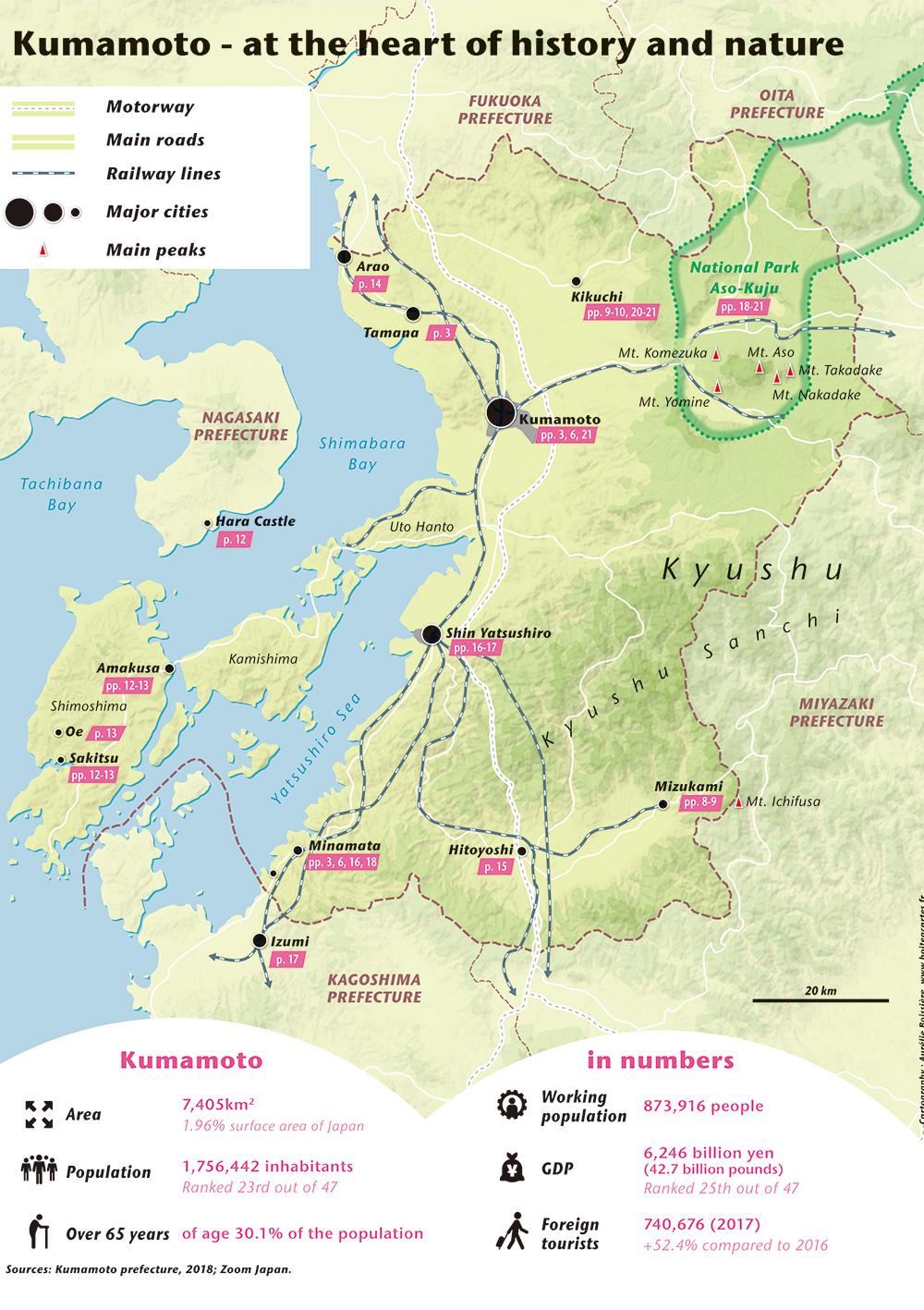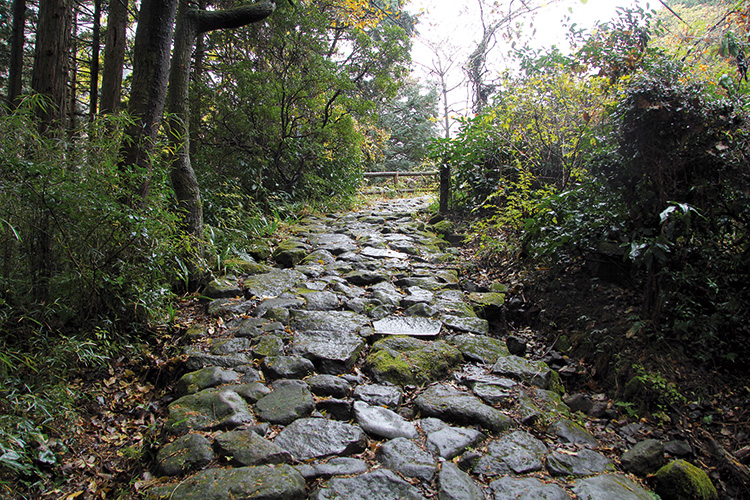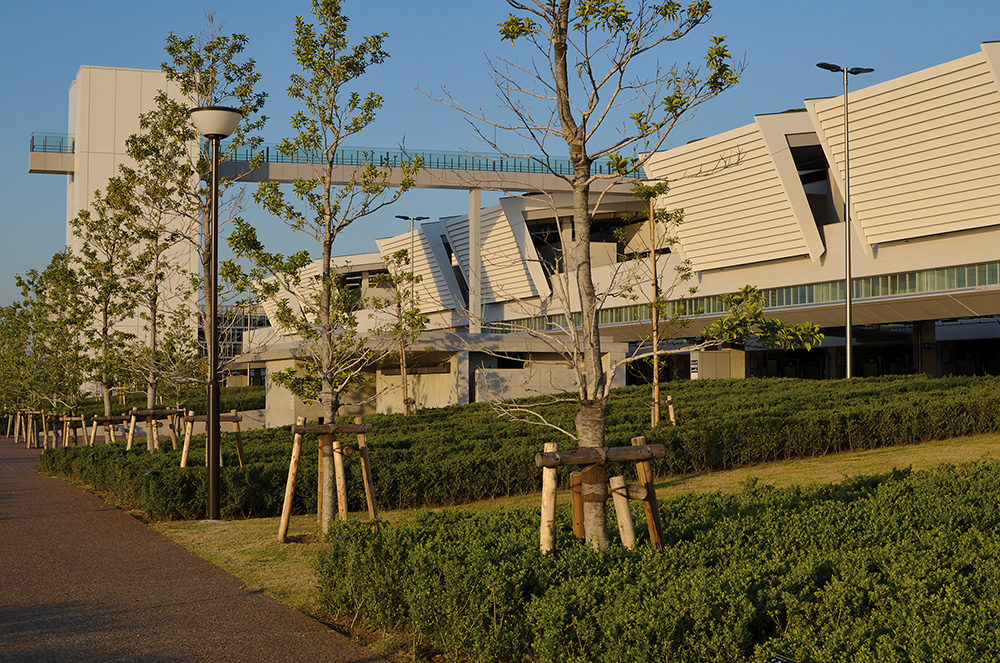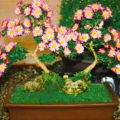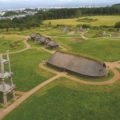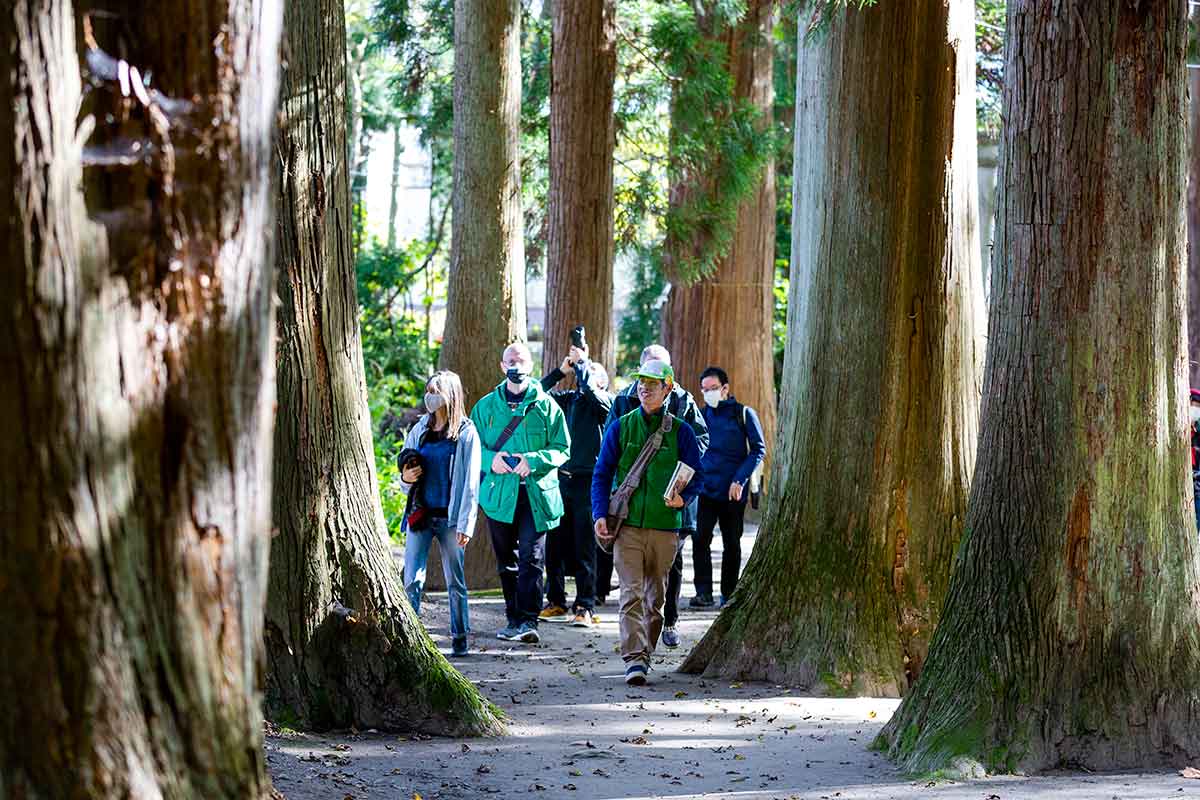
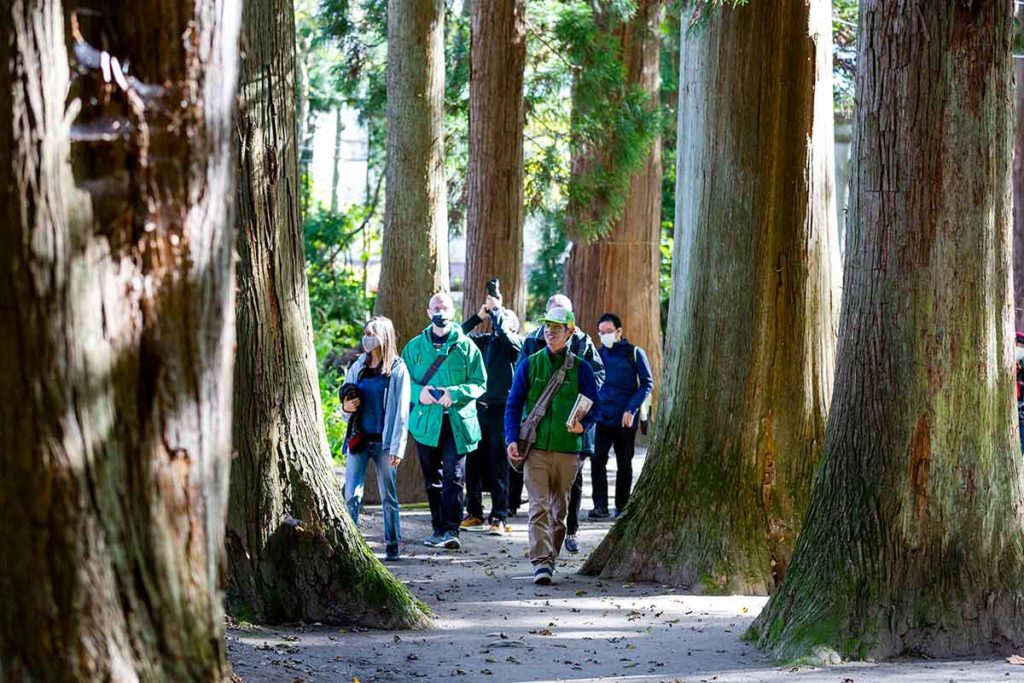
Explore Tohoku’s beautiful nature and unique history and culture
In 1689 Japan’s most famous haiku poet, Matsuo Basho, began a five-month pilgrimage around the country that would result in his celebrated work The Narrow Road to the Interior. Writing about the first part of his planned journey Basho said:
I casually thought of making a pilgrimage over the long road to Oshu, and even while realizing that I could end up regretting my hair turning white in that remote, alien land, I gambled on the slim, uncertain chance of returning alive from a place of which I had heard but hadn’t seen with my own eyes
The Oshu to which Basho refers is a region consisting of four north-eastern prefectures: Fukushima, Miyagi, Iwate and Aomori. In the end he only went so far as Hiraizumi, near Iwate’s south border, before heading west to the Sea of Japan. However, in those years, venturing so far north was considered quite an extraordinary adventure as a trip to Tohoku – as Oshu is known today – was akin to going to the ends of the earth.
Even today, more than three centuries after Basho’s journey, Tohoku remains off the beaten path of classic tourist destinations and is still relatively unknown abroad, particularly in the West. I myself knew little about this region until I participated in the new Tohoku travel programme “Storied Soil – Natural and Cultural Wonders of Tohoku, Japan,” and discovered the charm of Tohoku.
Not only does a trip to Tohoku offer a chance to enjoy unspoiled lakes, mountains and gorges, spectacular coastlines, and outdoor hot-spring baths along forested river banks but it also means an immersion into the old rural and feudal Japan, with its ancient culture and traditional customs that for centuries developed autonomously from the main religious and political centres in Kyoto and Tokyo.
It is only natural for first-time visitors to make a beeline for gorgeous-looking castles and grand temples, but Japan’s backbone has always been all the hardworking farmers, fishermen and craftsmen who live in the many small towns and villages scattered around the archipelago, and Tohoku is a prime example of this humble but important side of the country.
Miyagi Prefecture Oku-Matsushima and Jomon history
Miyagi Prefecture Minamisanriku and kiriko
Iwate Prefecture Ofunato and toramai
Iwate Prefecture Tono: hunting for beer and kappa
Aomori Prefecture Lake Towada
Oku-Matsushima and Jomon history
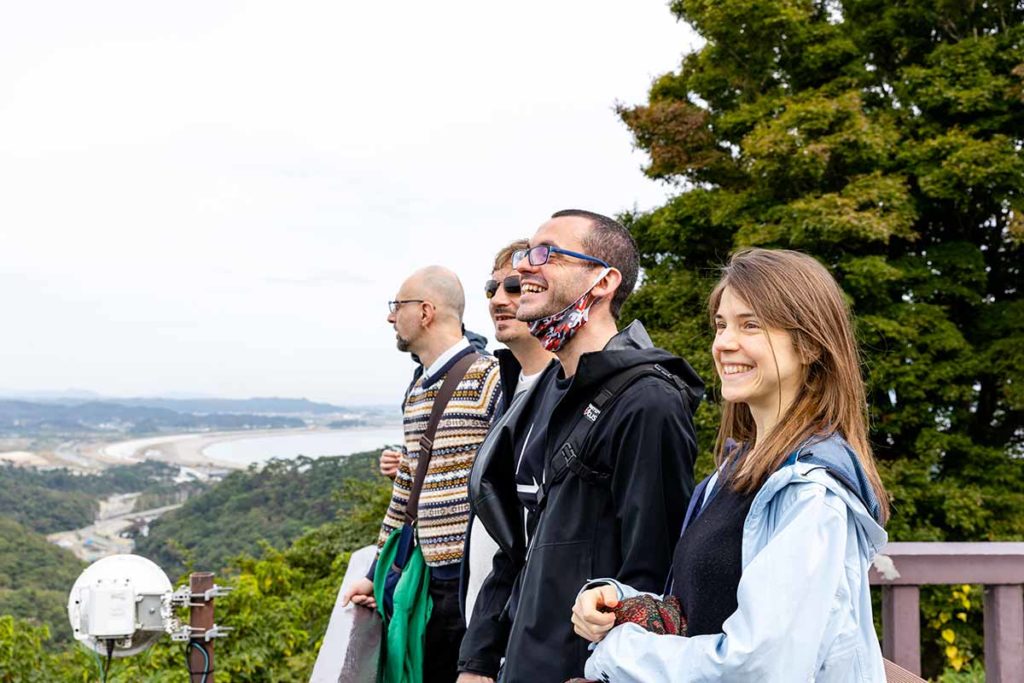
Human settlements in Tohoku have a long history that goes as far back as the prehistoric Jomon period. In this respect, one of the region’s more interesting areas is Oku-Matsushima in Miyagi Prefecture.
Matsushima is famous around Japan for its beautiful bay – filled with some 260 tiny islands (shima) covered in pines (matsu) – that is ranked as one of the three most celebrated scenic sights in the country. However, the Oku-Matsushima area has gained special historical importance thanks to the Satohama Shell Mounds that were discovered on Miyato, the biggest island. Here, Jomon people lived a simple life for thousands of years made up of fishing, picking up shellfish, making salt and collecting nuts.
Both in Hokkaido and Tohoku, they are pushing to get the Jomon archeological sites listed as World Heritage sites, and a visit to Oku-Matsushima offers a good idea of their value and cultural importance.
Satohama is one of the biggest shell mounds in Japan. Particularly noteworthy is the Shell Mound Gallery, a wall display made out of a shell mound formed about 2,800 years ago. While at first sight it looks like a dumpsite collecting 20 years worth of shells, animal bones and broken tools, it also features carefully buried human skeletons. In fact, Jomon people appreciated not only the deceased but also their tools and what nature had to offer, and prayed that they rest in peace and come back to life again. In this sense, shell mounds could be considered as graves for everything. The importance they had for Jomon people is confirmed by the fact that they were placed safely on higher ground, out of reach of the tsunami.
The Satohama Shell Mounds can be best enjoyed while walking the 10-kilometre Olle hiking trail that lets you appreciate the region’s quiet beauty and offers a stunning view of the bay’s famous islands. And the best idea to cap off this unique outdoor experience is to enjoy a nice meal at an open-air restaurant, where a famous local chef prepares original dishes inside a stylish kitchen car. Located in a charming natural area, this scenic space makes for an extraordinary experience, and the dishes are all made using ingredients and recipes from the Jomon period.
Il modo migliore per concludere questa esperienza unica nel suo genere è quella di gustare un buon pranzo in un ristorante all’aperto dove un famoso chef locale prepara piatti originali in un elegante food truck. Situato in un’incantevole area naturale, questo spazio panoramico costituisce un’esperienza straordinaria sottolineata da una cucina preparata con ingredienti e ricette ispirate al periodo Jomon.
Minamisanriku and kiriko
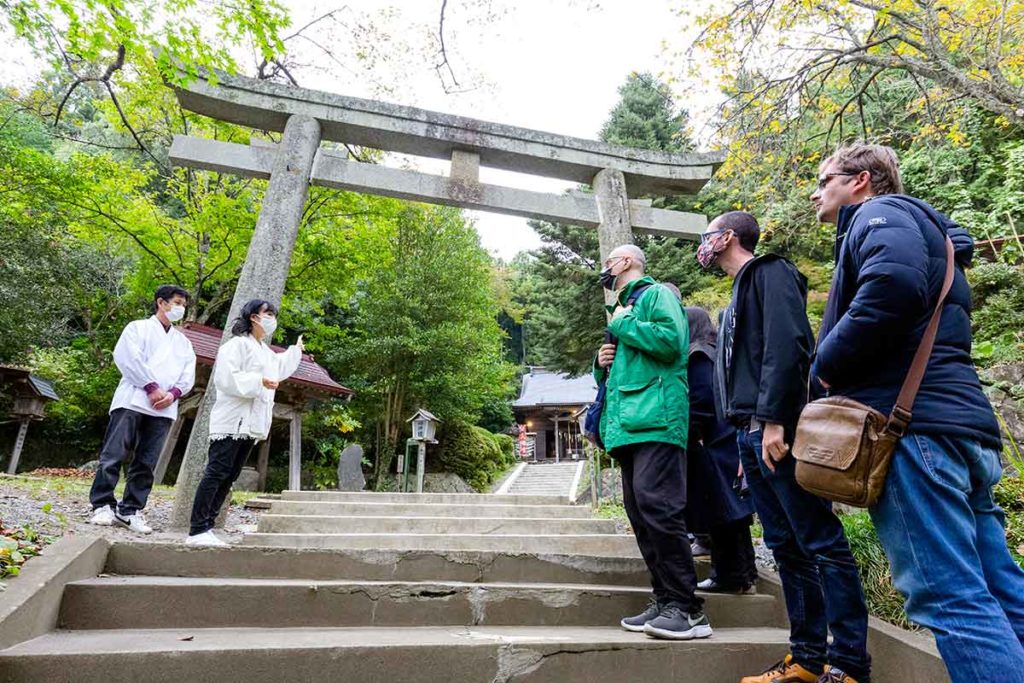
Proceeding north along the Pacific Coast and just before leaving Miyagi Prefecture, you arrive in Mnamisanriku, part of the Kinkasan Quasi-National Park that overlooks the powerful scenery of the deeply indented coastline, called Ria coast.
A visit to this small town offers the opportunity to discover a characteristic form of traditional art that is unique to this area: kiriko. These cut-out paper decorations are usually produced by the local Shinto shrines for followers to decorate altars in their homes. These gorgeous good luck charms are also reminders of the sad history of tsunami-related disasters that throughout history have razed whole communities and killed thousands of people along Japan’s north-eastern coast.
More than once, Minamisanriku has endured such tragedies including the Great East Japan Earthquake that on 11 March 2011 destroyed 60% of the houses in town. Kaminoyama Hachimangu is a shrine that barely survived the tsunami and to this day keeps the kiriko tradition alive. According to the shrine’s chief priest, whenever disaster strikes, it is not possible to prepare the rice cakes and sake that each family dedicates to the gods. So they make paper crafts instead, in the shape of food, beverages, and the fish that the local fishermen catch for a living.
The powerful beauty of these pure-white cut-outs, intricately cut by expert hands, transforms the altars into fantastic spaces, renews people’s bond with Mother Nature and reminds them that they must never forget their past.
During this tour, the Shinto priest guides the visitors around the shrine, telling the story of the tsunami and showing how to make kiriko. Then it’s your turn to try your hand at making these beautiful paper decorations.
Ofunato and Toramai
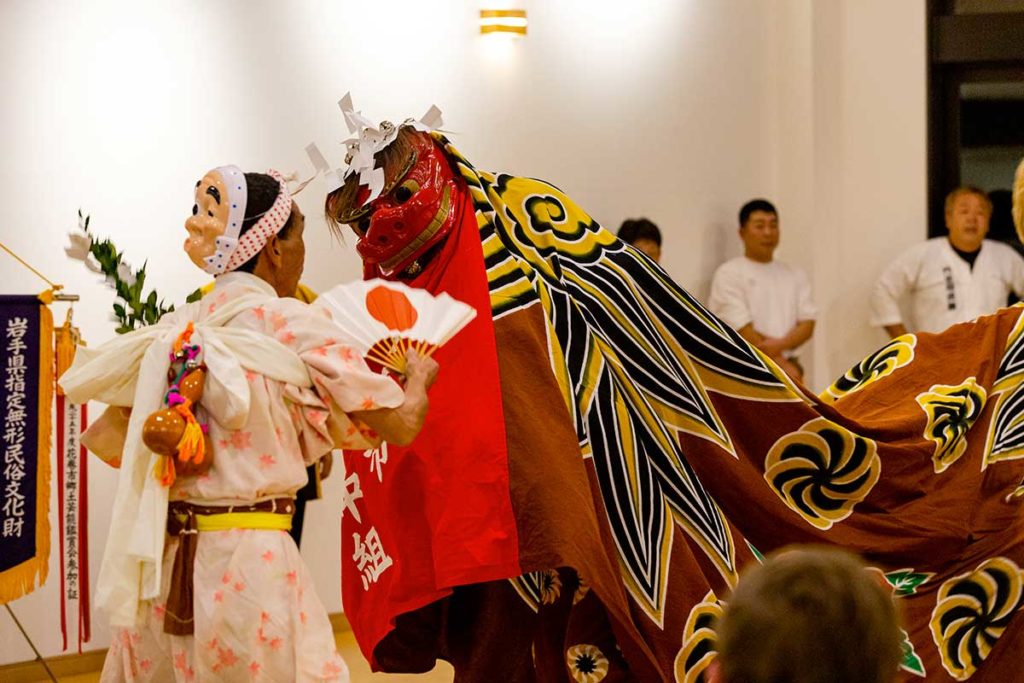
The Sanriku Coast, where Minamisanriku is located, reaches from Aomori to Miyagi prefectures. It faces a stretch of Pacific Ocean that is one of the richest fishing areas in Japan, and the port of Ofunato, in the south of Iwate Prefecture, is one of its main centres. For example, most of the Pacific Saury sold in the Japanese market is caught by the local fleet. Thanks to the ocean currents, many types of sea-life gather along the Sanriku Coast, and Ofunato in particular. In winter, the cold ocean currents bring in fish from the north, while in summer, the warm ocean currents bring in fish from the south. Besides Pacific Saury, other fish you will typically find in Ofunato’s shops are flying fish and sea bream.
Tohoku is deservedly famous for its hearty cuisine, and fish lovers are sure to leave the region with their stomachs full. Fresh seafood is easily available for cheap, and who can resist such delicacies as kaisen-don – a steaming bowl of rice topped with sashimi.
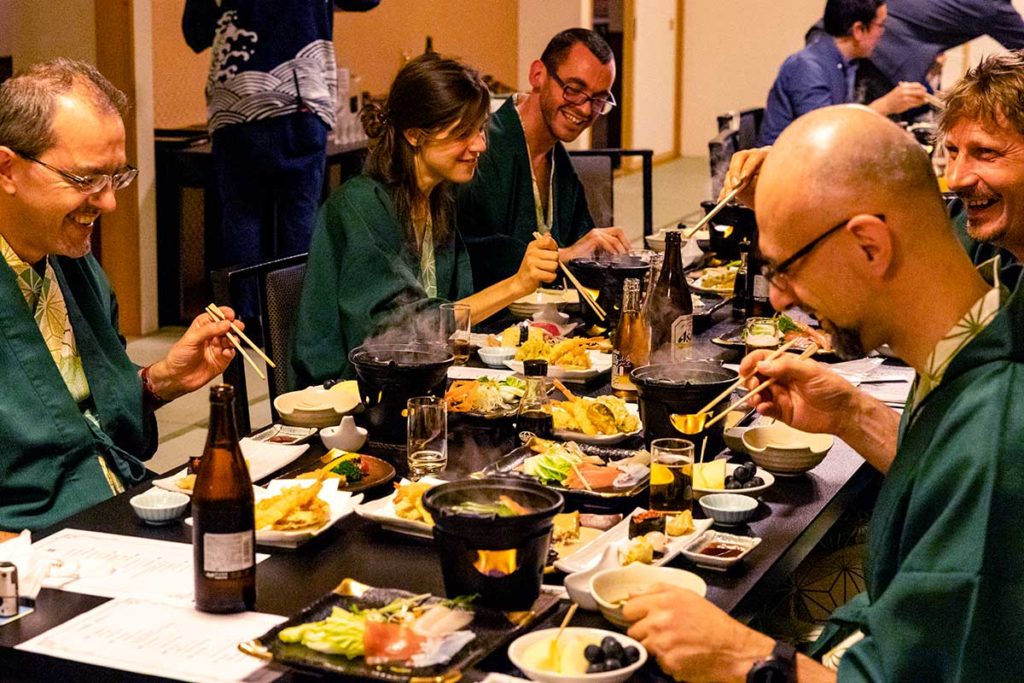
In Japan, eating, drinking and celebrating go hand in hand, and Ofunato is famous for its loud and hyperactive dances, including toramai, the tiger dance. In the Kamakura period (1185–1333), a ship loaded with mikoshi (portable shrines) and ritual utensils arrived at Tomari beach near Ofunato. Believing that these objects would ward off evil spirits and invite a rich harvest and haul, the locals enshrined them at the Nakamori Kumano Shrine. Even today, the Kadonaka-gumi troupe, made up of residents of the Kadonohama and Nakai communities, maintains the tradition of bringing good luck to the region through the spectacular toramai.
During your stay at a ryokan (traditional inn), you will have a chance to enjoy the toramai while savoring the local seafood and relaxing at their hot springs.
Like Minamisanriku, Ofunato suffered enormous damage from the Great East Japan Earthquake. Hopefully, by focusing on industrial development through fisheries, port, and sightseeing initiatives, and a little help from the gods, the city is on the road to recovery.
Tono: hunting for beer and kappa
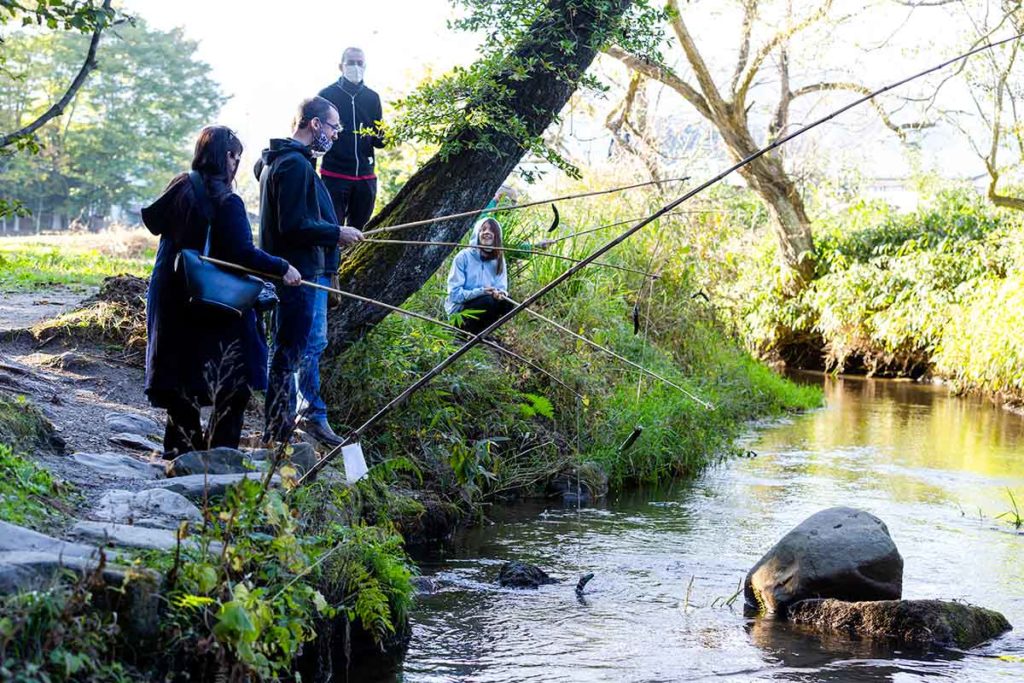
The Japanese are beer lovers, and few places embody the country’s beer culture like Iwate, Japan’s number-one hop producing prefecture. It is here, in fact, that half of all Japanese hops are grown, and Tono lies at its centre. This small town is the perfect place to grow hops. Both humidity levels and the risk of typhoons are relatively low throughout the year, and the great fluctuation in temperature between day and night is said to be ideal for growing native varieties such as ibuki, a hop with aromatic notes of lemon and grapefruit.
In Tono, there are a couple of breweries that make excellent beer that is best enjoyed while trying the local specialty, Genghis Khan or Mongolian mutton barbecue, and being surrounded by nature.
Tono’s picturesque farming district is located in a basin surrounded by beautiful mountains with unusual and awe-inspiring rock formations. Arguably the most famous is Tsuzuki-ishi, a gigantic stone that is placed atop a smaller one. It is not clear how this mysterious monument was created or for what purpose. One theory asserts that the stone marks an ancient grave. A popular myth has it that it was created by the famous 12th -century warrior monk Benkei.
For centuries, Tono was completely isolated from the rest of the prefecture, and as late as the end of the 1980s a trip to this small town still offered a more or less an unadulterated view of rural Japan. Its inaccessibility allowed local religion and peculiar customs to flourish undisturbed.
Japan’s far north remained a mystery until, at the beginning of the twentieth century, scholar Kunio Yanagita Kunio travelled to Iwate and gathered the region’s legends and folk stories. The book that resulted from his field studies, Tono monogatari (The Legends of Tono, 1910), is a fundamental work about the Japanese oral folk tradition.
A visit to the Denshoen history park offers a chance to listen to these mukashi-gatari (old stories) as told by a local teller, and admire their huge collection of oshira-sama. These colorful dolls represent a local deity that has been worshipped in the homes of old families since ancient times.
Among the strange creatures that inhabit Tono’s folk tales, the kappa (water imps) are by far the most famous, so much so that their images can be found everywhere around the city. A good place where you can go kappa hunting is Kappabuchi (kappa pool). Near this lovely quiet stream of water you will find a few cucumbers and primitive fishing rods. Kappa love cucumbers, so you can use them as bait to catch one. But be careful, because they are extremely strong, especially when they are in or close to water, and are excellent sumo wrestlers.
The best way to end a visit to Tono is to watch a kagura performance. This Shinto theatrical dance has a long, culturally significant history that was recognised in 2009 when it was inscribed on the UNESCO Intangible Cultural Heritage list.
Lake Towada
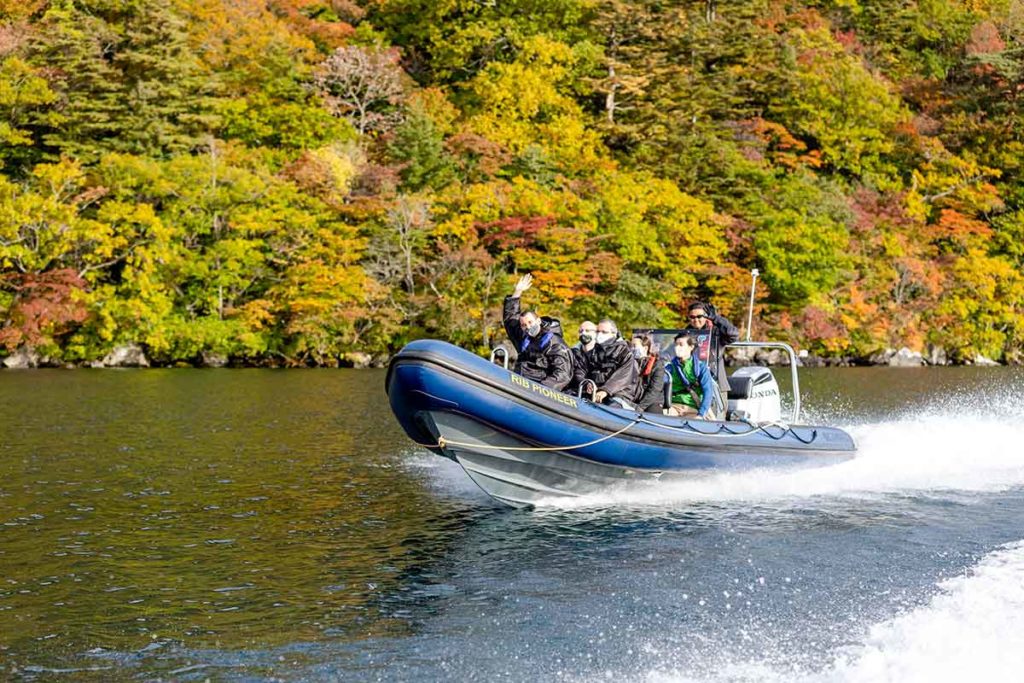
Our brief trip around Tohoku ends in Aomori Prefecture at one of the region’s most popular spots: Lake Towada. Surrounded by tree-covered hills that are a part of the Hakkoda mountain chain, this beautiful crater lake and its surrounding park attract millions of visitors each year. Formed around 2000 years ago following volcanic activities, the lake’s beauty can be enjoyed all year around, with fresh green leaves in spring and a mystical atmosphere in winter. The magnificent autumn foliage is said to be one of the most beautiful sights in Japan.
The best way to approach the lake is through the glorious Oirase River valley. The walking trail twists and turns with the river, past churning rapids, moss-covered boulders, steep cliffs and delicate waterfalls.
The forest surrounding the lake offers great hiking trails to Towada Shrine and other cultural and religious spots. And if you are looking for an adrenaline rush, hop on a Gumotex raft for an exciting tour of the lake. This is a chance to appreciate the many charms of the lake at close range, and you will discover more hidden spots that are only accessible either from the road or the bigger touring boats. And don’t forget to write down your prayer or wish on an oyori-gami slip of paper and sink it into the lake’s deep blue waters.

